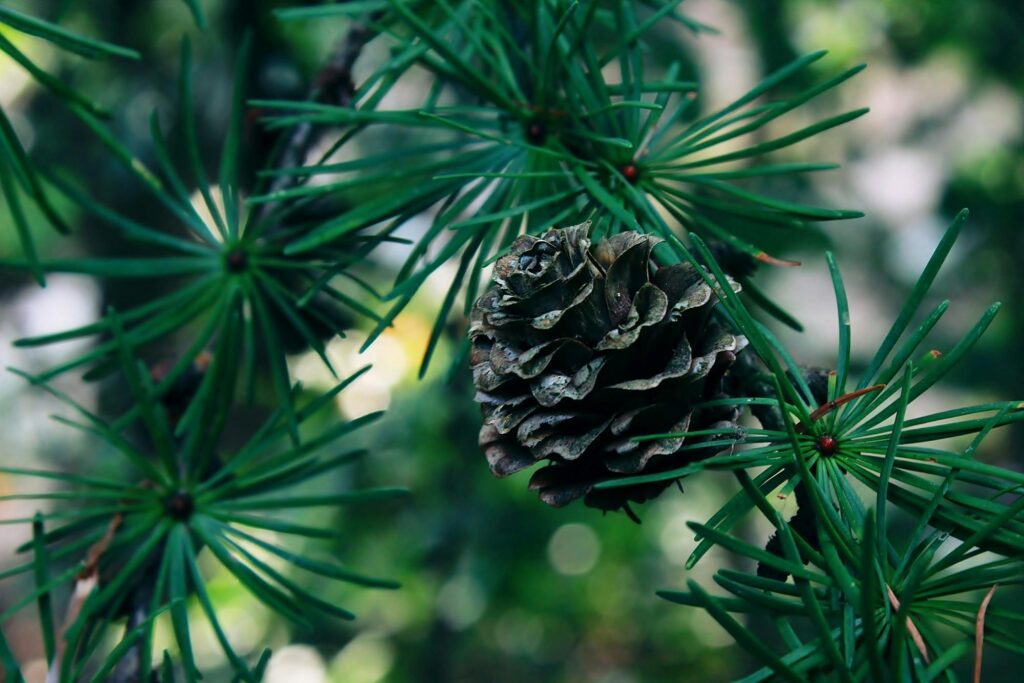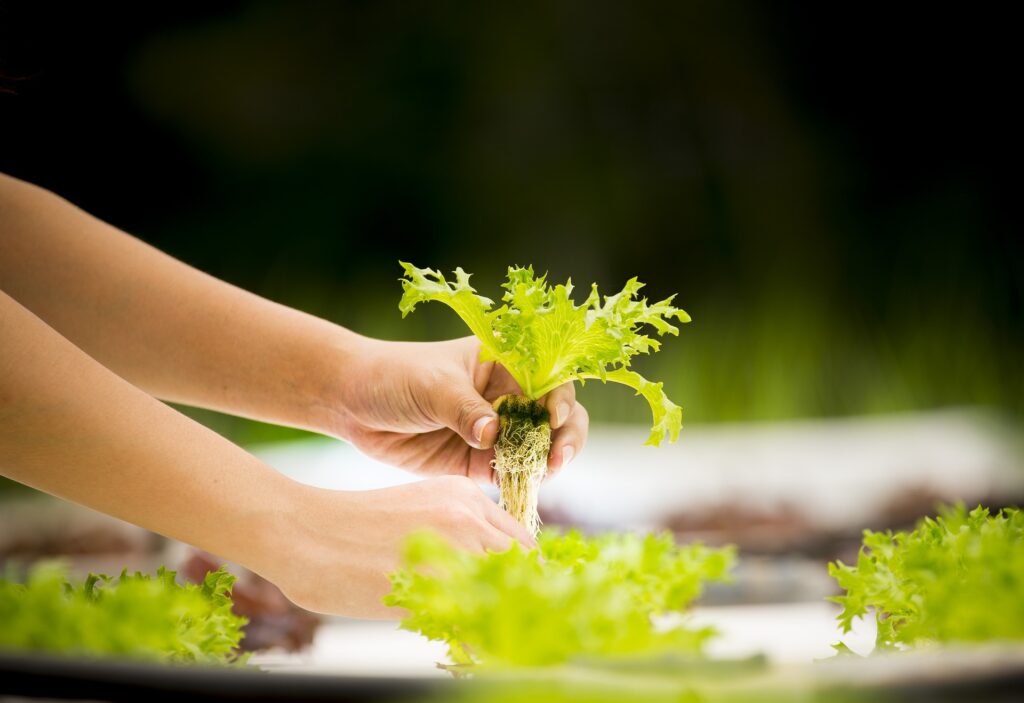Table of Contents
How to Plant an Acorn: Introduction
How to plant an acorn? The answer might seem simple at first glance, but there’s a beautiful depth to this question that resonates with both avid gardeners and those new to the realm of planting. “The secret lies in understanding the journey of an acorn from a single seed to a towering oak tree.” This process, steeped in patience and care, unfolds a narrative of growth, resilience, and the wonders of nature’s lifecycle.
In this blog, we’ll embark on a detailed exploration of planting acorns, ensuring each step is infused with insights and practical tips to turn that tiny seed into a majestic oak. Whether you’re a seasoned gardener or someone looking to start a green endeavor, this guide will equip you with everything you need to know about planting acorns.
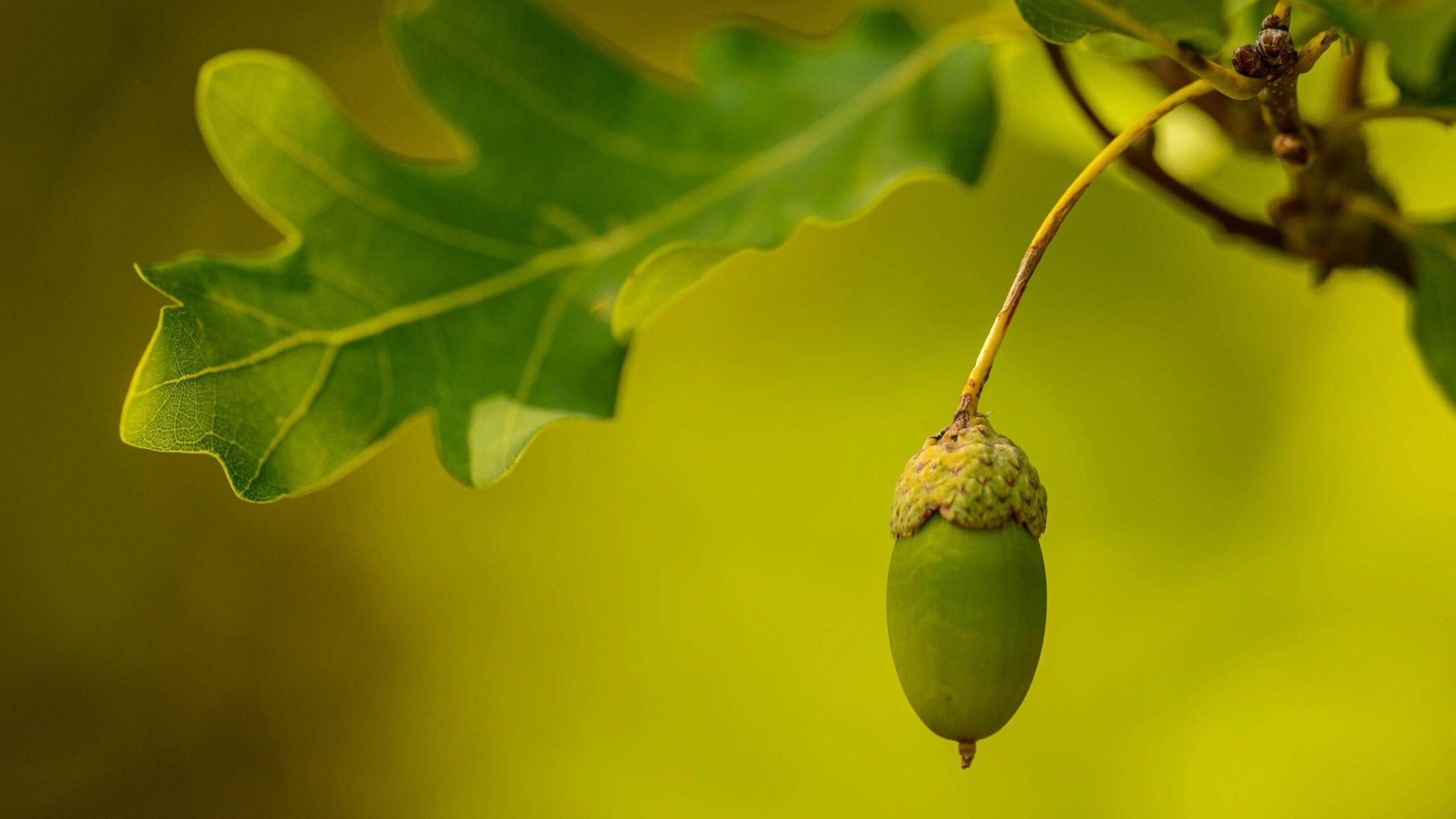
Preparation for Planting
Choosing the Right Acorns
Selecting the right acorns is the foundational step in how to plant an acorn successfully. Look for acorns that are firm, without cracks or holes, indicating they are healthy and free from pests. A simple float test in water can help weed out the viable seeds from the duds—acorns that sink are typically good to plant, whereas those that float are often not viable.
The Best Time to Plant Acorns
Timing is critical in the journey of planting acorns. Autumn is the natural season for acorns to fall and start the germination process, making it the ideal time to plant. This timing aligns with nature’s cycle, offering the acorn a chance to establish itself before the harsh winter.
Preparing Your Planting Site
A well-prepared site can significantly increase the success rate of planting acorns. Choose a location that receives ample sunlight and has well-draining soil. Clear the area of weeds and other debris that might compete with the acorn for nutrients and water.
Tools and Materials Needed
Gathering the right tools beforehand can make the planting process smoother. You’ll need:
- A trowel or small shovel for digging
- Gardening gloves to protect your hands
- Watering can or hose
- Mulch to help retain soil moisture
Incorporating these preparations into your gardening project not only enhances the success rate of how to plant an acorn but also deepens your connection with the natural world, laying the groundwork for a healthy oak tree.
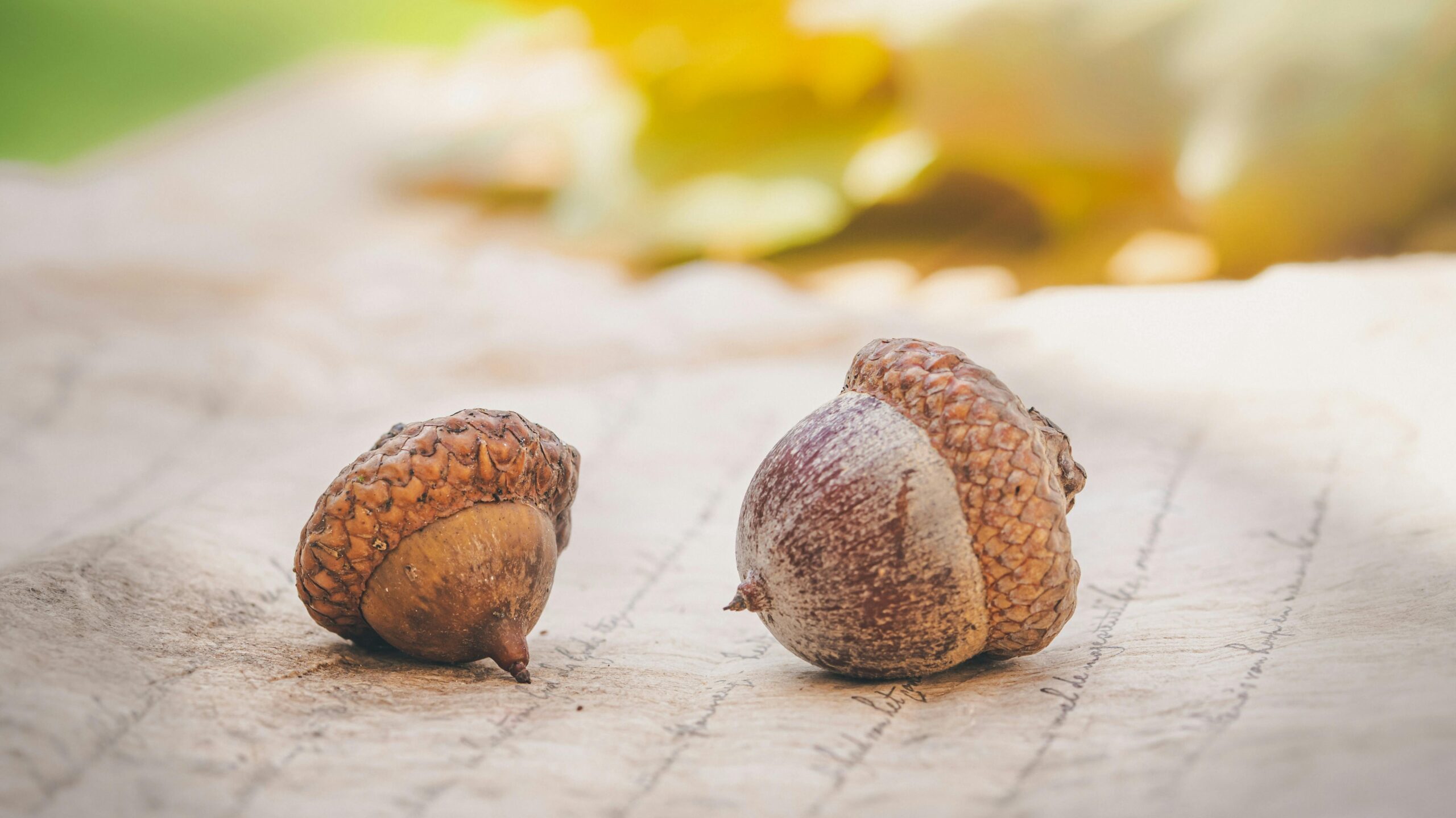
The Planting Process
Step-by-Step Guide to Planting Acorns
Planting an acorn is a simple yet profound act of gardening. Begin by digging a small hole, about two to three inches deep, to place your acorn. Gently set the acorn on its side in the hole and cover it with soil. Water the area lightly but thoroughly to settle the soil around the acorn.
Soil Requirements and Preparation
For an acorn to thrive, the right soil conditions are crucial. Oak trees prefer well-drained, loamy soil. If your garden soil is heavy clay or sand, consider amending it with compost to improve its structure and fertility. Ensuring the soil is loose and aerated will facilitate root growth and water penetration.
Depth and Spacing for Acorns
Depth is paramount when planting acorns. Planting them too shallow or too deep can impede their ability to sprout. A general rule is to plant an acorn at a depth twice its size. If planting multiple acorns, space them at least a few feet apart to give each seedling room to grow without competing for resources.
By adhering to these steps, you’re not just planting an acorn; you’re laying the foundation for a future forest, one oak tree at a time. It’s a testament to the impact individual actions can have on our planet’s health and biodiversity.
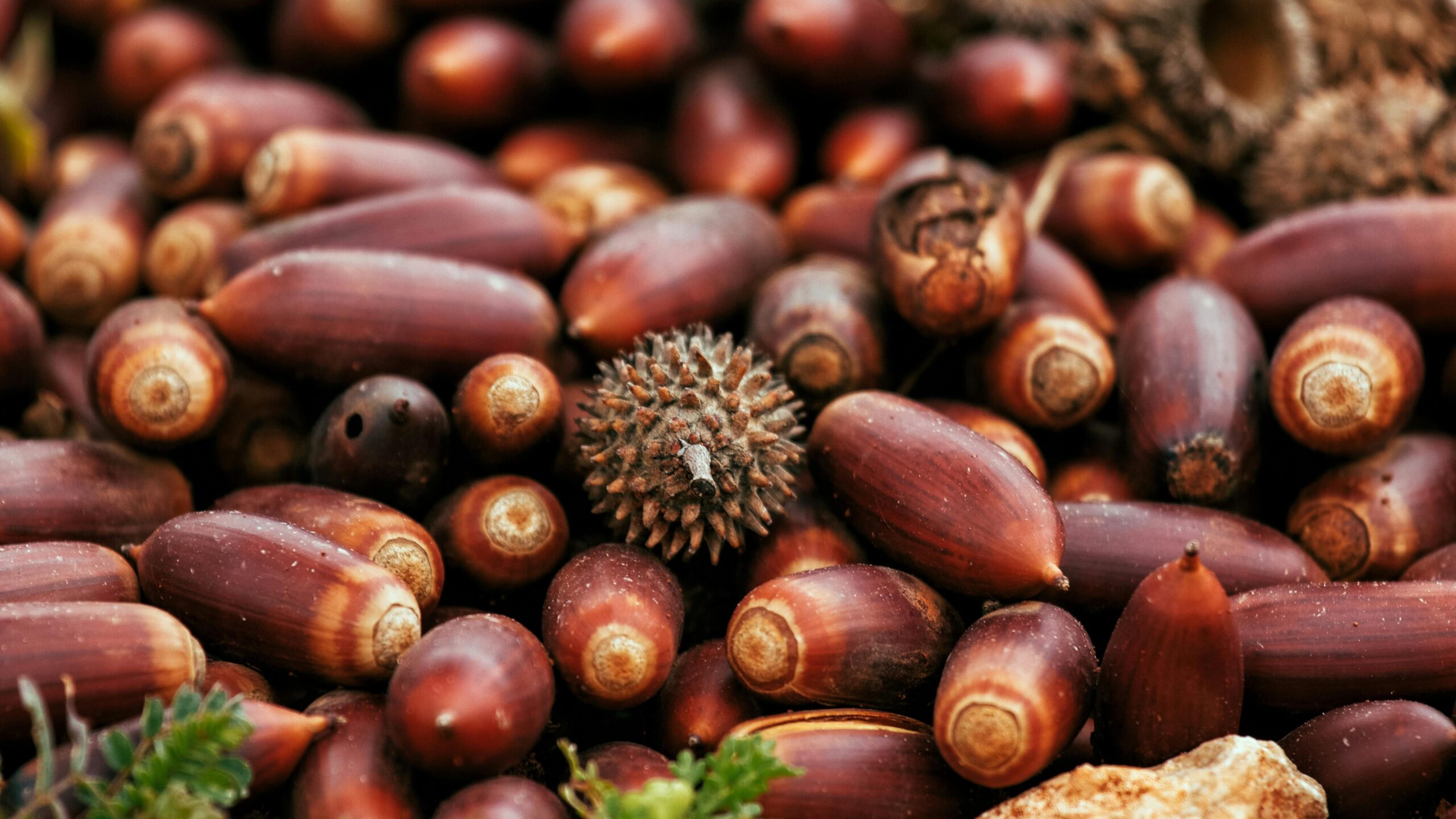
Caring for Your Acorn
After planting your acorn, the next crucial phase is ensuring it receives the care it needs to sprout and grow. This section delves into the essentials of nurturing your planted acorn through its vulnerable stages.
Watering Your Acorn
Consistent moisture is key to the successful germination of an acorn. Water the planting site gently but thoroughly, ensuring the soil stays moist but not waterlogged. Overwatering can be as detrimental as under-watering, leading to rot. A good rule of thumb is to water when the top inch of soil feels dry to the touch.
Managing Sunlight and Shade
While oak trees thrive in sunlight, young saplings can benefit from a balance of sun and shade, especially in hotter climates. If you’re planting in an area with intense sun exposure, consider providing some afternoon shade to protect the emerging sapling during the hottest parts of the day.
Protecting from Pests and Diseases
Young oak saplings can be susceptible to pests and diseases. Regularly inspect your plant for signs of distress, such as discolored leaves or unusual spots. Natural remedies or environmentally friendly pesticides can help manage these issues without harming the surrounding ecosystem.
As your acorn begins its journey upward, these care tips will guide you through the critical early stages of growth. With patience and attention, you’ll witness the transformation of a single acorn into a sapling, and eventually, into a majestic oak tree.
Watching Your Oak Grow
Witnessing the growth of your oak from a tiny acorn into a majestic tree is one of gardening’s most rewarding experiences. This section outlines what to expect as your oak grows and how to support its development through various stages.
The Stages of Growth
The journey from acorn to oak is a slow yet fascinating process. Initially, the focus is on root development, with the sprout emerging a few weeks after planting. As the sapling grows, it will begin to establish a more robust root system and develop its first true leaves. This stage is crucial for the future health and stability of the oak tree.
When to Transplant Your Oak Sapling
If you’ve started your acorn in a pot or a temporary location, it will eventually need to be transplanted. The best time to do this is when the sapling is about 1-2 feet tall, usually in the fall or early spring. Transplanting at this size minimizes stress on the plant and allows it to adjust to its new location before the extremes of summer or winter.
Long-term Care for Your Oak Tree
As your oak tree matures, it will require less intensive care but ongoing attention to ensure its health and vitality. Regular watering during dry periods, annual mulching to retain soil moisture and temperature, and occasional pruning to remove dead or diseased branches will help your oak thrive. Watching your tree grow through the seasons, providing shade, beauty, and habitat for wildlife, is a testament to the effort and care invested in its early days.
White Nectarine 101: A Juicy Guide to Nutritional Benefits, Cultivation, and Culinary Magic
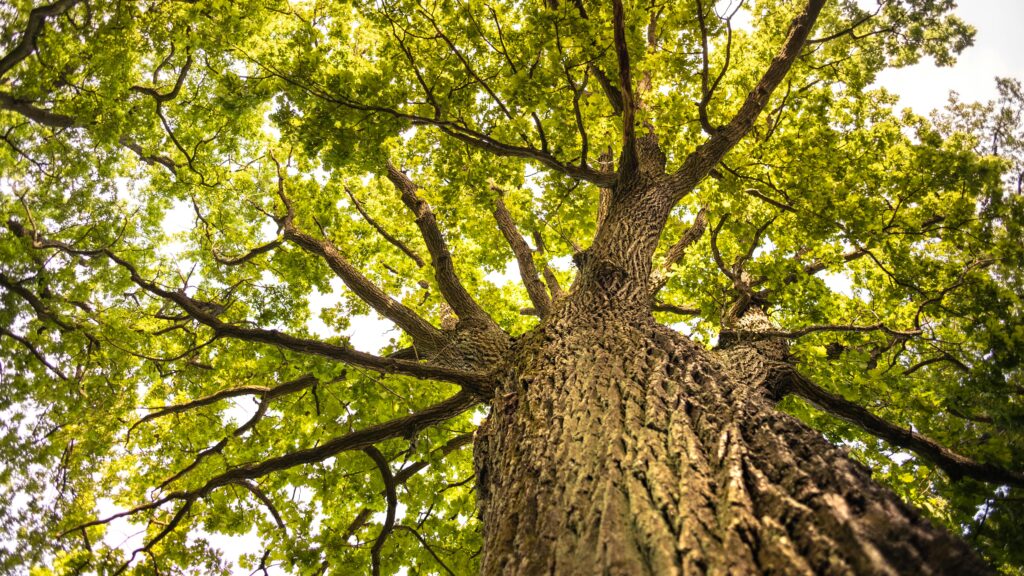
How to Plant an Acorn: Conclusion
How to plant an acorn? The journey from selecting the right acorn to watching an oak tree grow is a testament to the wonders of nature and the reward of patience. “The secret lies in understanding the journey of an acorn from a single seed to a towering oak tree.” By following the steps outlined—from preparing and planting to caring and watching your oak grow—you’re not just cultivating a tree but contributing to the environment and biodiversity. Planting an acorn is a simple act with profound implications, connecting us to the cycles of nature and reminding us of our role in nurturing the world around us.
Frequently Asked Questions
How long does it take for an acorn to sprout?
It typically takes 4 to 6 weeks for an acorn to sprout under optimal conditions. This timeframe can vary based on the soil, temperature, and moisture levels. Patience is key as nature takes its course.
Can I plant an acorn any time of the year?
The best time to plant an acorn is in the fall, mimicking nature’s cycle. Planting in the fall allows the acorn to go through a natural stratification process during the winter, essential for germination.
How deep should I plant an acorn?
An acorn should be planted about two to three times its size in depth. This usually amounts to 1-2 inches deep, providing enough cover to protect it while allowing for successful germination.
Do I need to protect my planted acorn from wildlife?
Yes, protecting your acorn from wildlife such as squirrels and birds is advisable. Using a wire mesh or a small fence can help safeguard your acorn until it sprouts and becomes less vulnerable.
How can I ensure my oak tree grows healthy and strong?
Regular watering, especially during dry periods, annual mulching, and monitoring for pests and diseases are essential practices. As your oak grows, providing it with space to expand and occasional pruning will contribute to its health and longevity.

